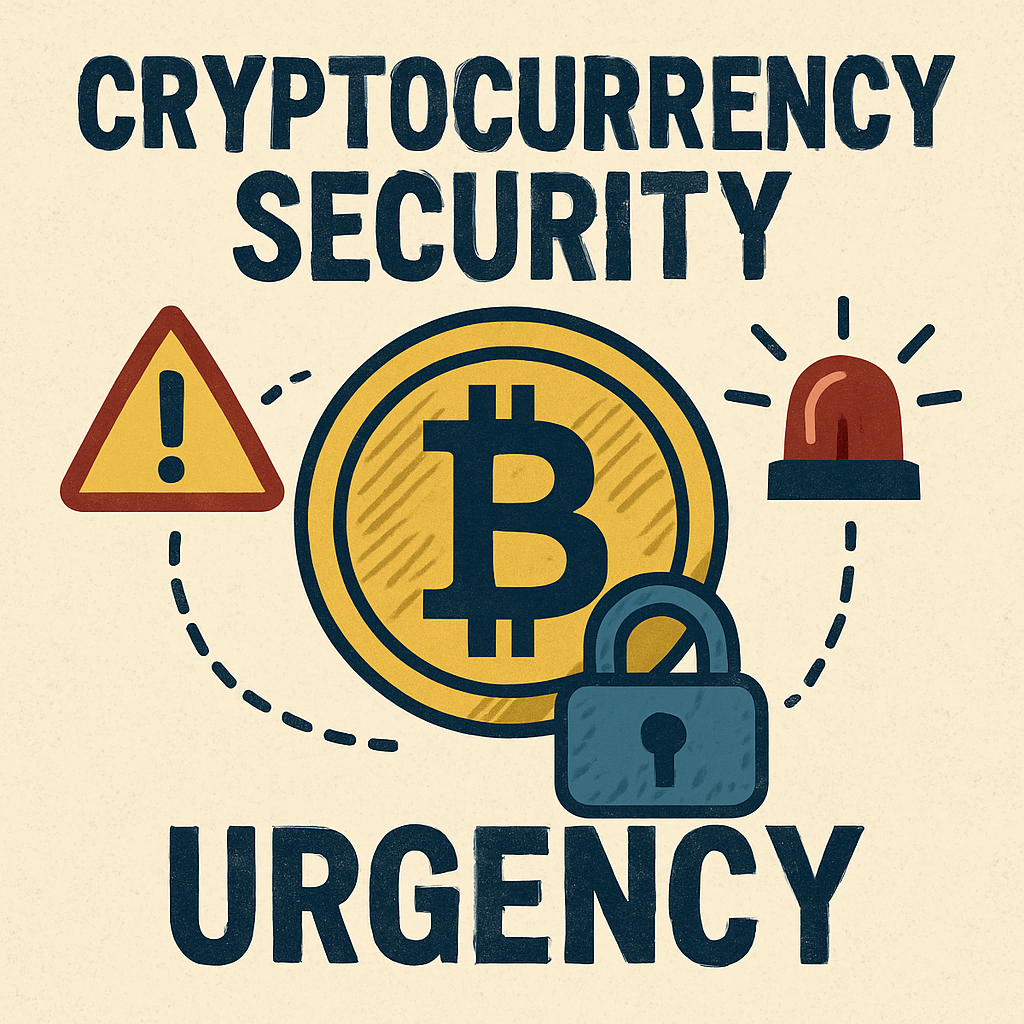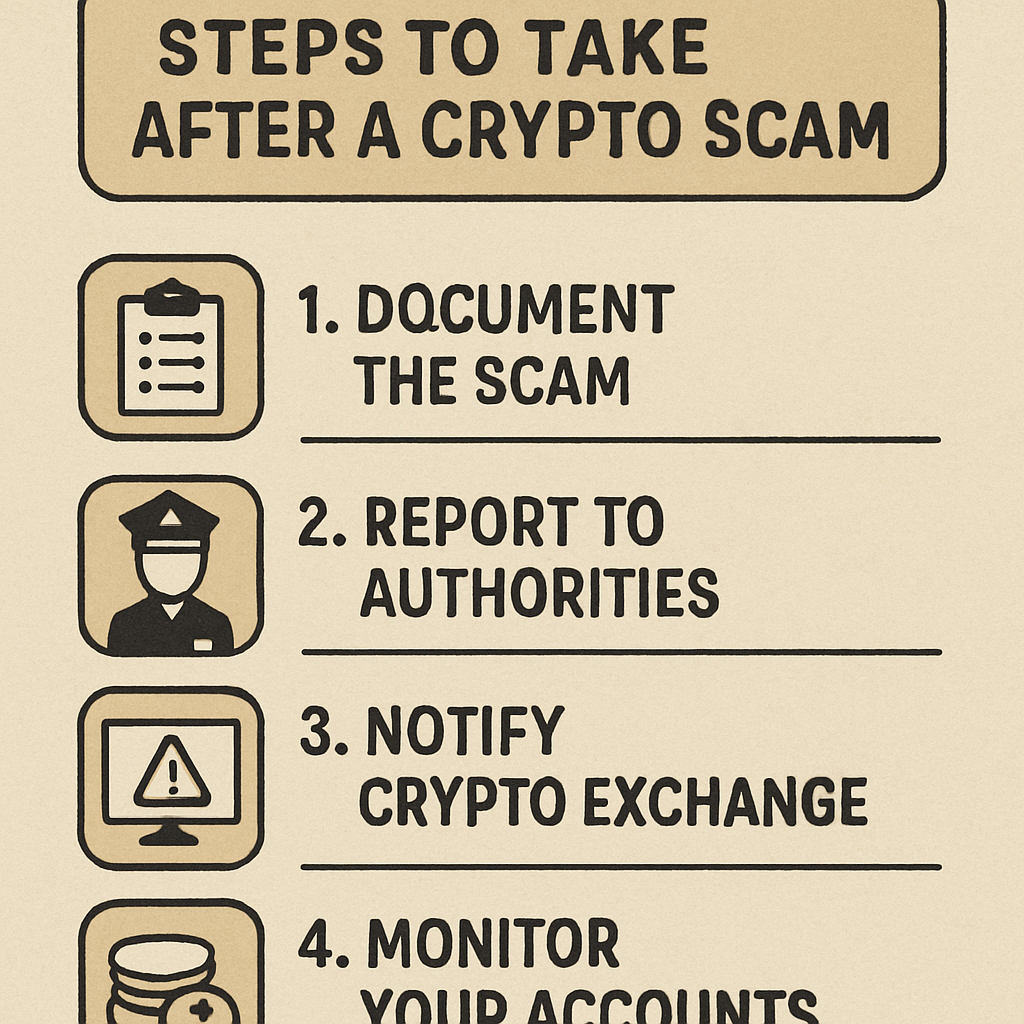Swift action within the first 60 minutes after a crypto scam is crucial for asset recovery. Learn immediate crypto scam response steps and secure your investments.
Swift Crypto Scam Response: First 60 Minutes Guide
The world of cryptocurrency, while offering significant opportunities for investment and innovation, also harbors risks and vulnerabilities. Crypto scams are a harsh reality, and knowing how to respond swiftly can mitigate losses and enhance recovery prospects. The first hour following a crypto scam is crucial. This article will guide you through the immediate steps to take, ensuring you act effectively and efficiently to protect your assets and report the incident.

Why the First Hour Matters
The initial 60 minutes post-scam is critical for several reasons:
- Asset Recovery Potential: The sooner you act, the higher the chances of tracing and recovering your stolen assets.
- Information Gathering: Early action allows for more accurate data collection on the scam, which is vital for reporting and investigating.
- Limiting Further Damage: Quick response can prevent further unauthorized access to your accounts and additional losses.
Immediate Steps to Take
 1. Verify and Secure Your Accounts
1. Verify and Secure Your Accounts
Immediately after suspecting a scam, verify all your cryptocurrency accounts. Check for unauthorized transactions and secure your accounts by changing passwords and enabling two-factor authentication (2FA) if not already in place.
Password and Security Measures
- Change Passwords: Update all passwords with strong, unique combinations.
- Enable 2FA: Use authenticators like Google Authenticator for added security.
- Revoke Suspicious Access: Review account permissions and remove any unfamiliar devices or applications.
2. Document the Incident
Collect and document all relevant information about the scam. This includes:
- Transaction Details: Record transaction IDs, amounts, and timestamps.
- Scammer Communication: Save emails, messages, or any communication with the scammer.
- Screenshots: Take screenshots of suspicious transactions or messages.
3. Report the Scam
Reporting the scam to the appropriate authorities and platforms is crucial. Here’s how you can do it:
Report to Broker Complaint Alert (BCA)
Broker Complaint Alert (BCA) is an entity dedicated to helping victims of financial fraud. By reporting your crypto scam to BCA, you leverage their expertise in fraud detection and recovery.
- Visit BrokerComplaintAlert.org: Use their platform to submit detailed reports of your incident.
- Provide Comprehensive Information: Include all documented evidence for a thorough investigation.
Notify the Cryptocurrency Exchange
Contact the cryptocurrency exchange where the scam occurred. Exchanges often have protocols to flag and potentially freeze suspicious accounts.
- Customer Support: Reach out to their support teams immediately.
- Fraud Department: If available, contact their fraud department directly.
4. Engage Cybersecurity Experts
Enlist the help of cybersecurity professionals who specialize in cryptocurrency fraud. These experts can offer insights into how the scam occurred and assist in securing your accounts against future threats.
5. Monitor Your Accounts
Continue to monitor your accounts closely for any further unauthorized activity. Look out for:
- Unusual Transactions: Regularly check account statements for unknown transactions.
- Security Alerts: Pay attention to alerts from your cryptocurrency exchange or wallet provider.
Learning and Prevention
Educate Yourself on Cryptocurrency Security
To avoid falling victim to future scams, enhance your knowledge of cryptocurrency security. Understand common scam tactics such as phishing, Ponzi schemes, and fake ICOs (Initial Coin Offerings).
Resources for Education
- Online Courses: Platforms like Coursera and Udemy offer courses on cryptocurrency and blockchain security.
- Industry Publications: Follow trusted cryptocurrency news sites and journals for updates on security practices.
Implement Best Practices
Adopting best practices for cryptocurrency management can safeguard your assets:
- Cold Wallet Storage: Store the majority of your assets in a cold wallet, which is offline and less susceptible to hacking.
- Regular Security Audits: Periodically review your security settings and update them as needed.
- Diversification: Avoid putting all your assets into one type of cryptocurrency or platform.
Conclusion
Experiencing a crypto scam can be daunting, but the steps you take in the first 60 minutes are crucial. By acting swiftly to secure your accounts, documenting the incident, and reporting to entities like Broker Complaint Alert (BCA), you enhance your chances of recovery and future protection. Remember, continuous education and adopting robust security measures are key to navigating the complex world of cryptocurrency safely.
By following this guide, you not only respond effectively to crypto scams but also empower yourself with the knowledge and tools to prevent future incidents. Stay vigilant and proactive in protecting your digital assets.


